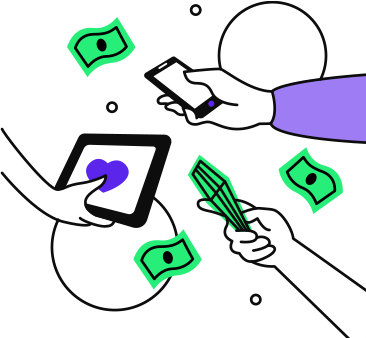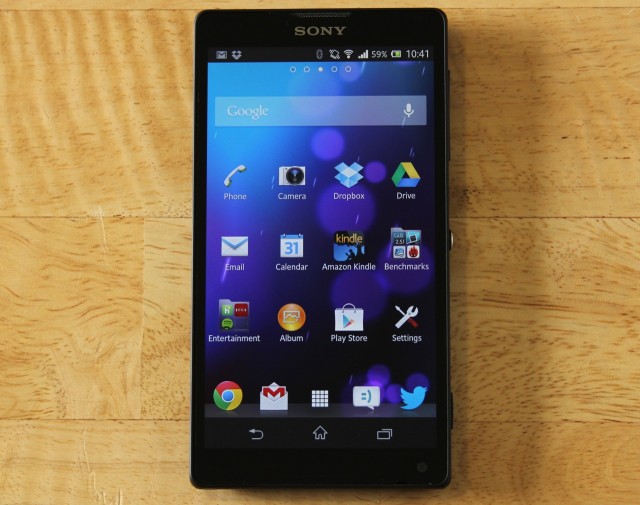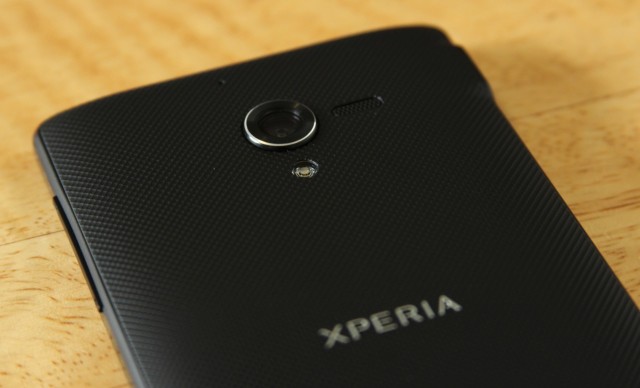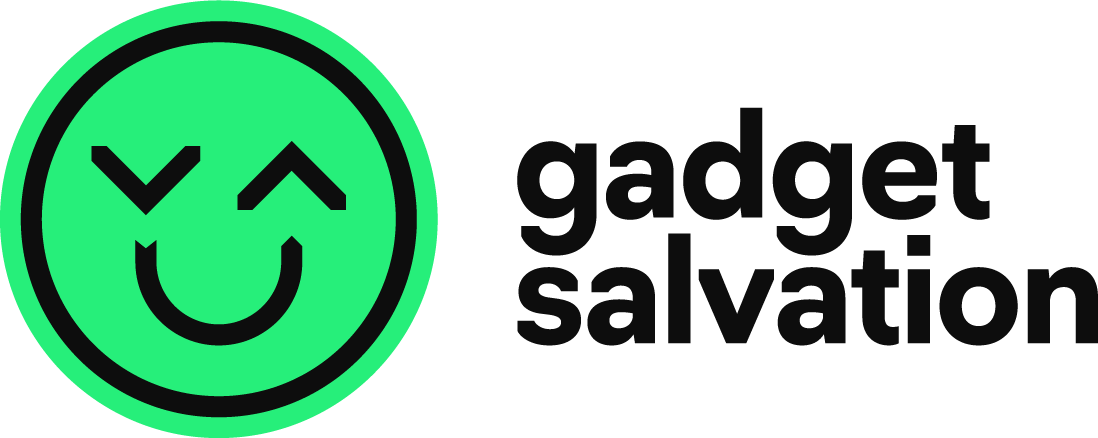Sony’s Xperia ZL struggles to stand out from the crow
Give your gadgets a new life.

At Gadget Salvation, our mission is to contribute to the electronics reselling market as much as possible so that we extend the life of our gadgets and diminish waste. Our process is simple and seamless.
Answer a few questions and get an estimate.
Ship your gadget for free.
Get paid within two business days of our receiving your gadgets.

Since we reviewed Sony’s Xperia Ion less than a year ago, we’ve had a sense that Sony has been playing catch-up to the rest of the Android handset makers. The Xperia TL “Bond Phone” only reinforced this notion. There’s nothing that’s necessarily wrong with the phone, but the fact remains that it came with hardware and software very similar to the Galaxy S III, some six months after the S III came to market.
Today we’re taking a look at the Xperia ZL, the slightly cheaper, non-waterproof version of the Xperia Z that we handled at CES and dunked in a fish tank at Mobile World Congress. While you won’t want to take it swimming with you, the ZL runs the same Android 4.1-based software on the same quad-core Qualcomm hardware and 5-inch, 1080p display as the Z.
As such, this should be a pretty good window into the state of Sony’s high-end phones. So is Sony still in catch-up mode, or is the ZL a phone that holds its own against the likes of the HTC One and Galaxy S 4?
SPECS AT A GLANCE: SONY XPERIA ZL
SCREEN 1920×1080 5″ (441 ppi) TFT
OS Android 4.1.2 “Jelly Bean”
CPU Quad-core 1.5GHz Qualcomm Snapdragon S4 Pro
RAM 2GB
GPU Qualcomm Adreno 320
STORAGE 16GB NAND flash, expandable via microSD
NETWORKING 802.11a/b/g/n, Bluetooth 4.0, NFC, LTE
PORTS Micro-USB, headphones
CAMERA 13MP rear camera, 2MP front camera
SIZE 5.18″ × 2.7″ × 0.39″ (131.6 × 68.6 × 9.9 mm)
WEIGHT 5.33 oz (151.1 g)
BATTERY 2370 mAh (non-removable)
STARTING PRICE $759.99 unlocked; TBA on-contract
SENSOR Ambient light sensor, GPS
Body and build quality
Some companies’ devices just have a certain feel to them. Samsung’s phones and tablets are usually some combination of light, plasticky, and slippery. Sony’s often have a nice heft to them, a hard-to-define feeling suggestive of a well-built consumer electronic device. Handling a PSP or PS Vita (or the Xperia Z and Tablet Z) feels the same way, and between that and the lightly curved, textured plastic back, the phone feels good to hold despite its relatively large screen.
The phone is also a bit narrower and shorter than some of its 5-inch compatriots (2.7″ wide and 5.18″ tall, where the S 4 is 2.75″ wide and 5.38″ tall), and has narrower bezels all around the screen than many other phones do. This doesn’t quite give it the “mini handheld feel” that Sony advertises on the phone’s product page, but it does make the handset more comfortable to use.
The phone’s je ne sais quoi does have an unfortunate impact on its weight and thickness: it weighs 5.33 ounces (compared to 4.06 for the S 4) and is 0.39″ thick (compared to 0.31″). Both differences are merely noticeable rather than inconvenient, but if you’re especially sensitive to your phone’s weight, the ZL is heavier than most of its contemporaries (and the Xperia Z, which weighs 5.15 ounces and is 0.31″ thick).

The phone has a single rear-facing speaker that sounds like most phone speakers do: loud enough for looking at YouTube videos in groups, but too tinny for much else. It’s adjacent to the phone’s camera lens, which protrudes from the back of the phone and keeps the speaker from being muffled when set on a desk or table. The sound is actually better when it’s being bounced off of a hard surface.
Like the construction of the phone itself, the 5-inch 1080p display is a mixed blessing. As with the other high-density screens we’ve seen lately, text and (optimized) graphics are amazingly (and perhaps pointlessly) crisp. The problems start when you begin to tilt this screen away from you—some color and brightness shift is normal in LCD screens, but the ZL’s viewing angles are much worse than what we’re used to seeing in smartphones.

It’s true that you’re often looking at a smartphone head-on, and when you do, these viewing angles don’t present a real problem. The issues arise when the phone is lying on your desk or table, or if you’re sliding it out of your pocket for a moment to sneak a quick peak. The problem doesn’t make the phone unusable, but it’s one disadvantage that other phones in this price range don’t normally have.
Cameras

The cameras in Android phones are only occasionally worth writing home about. They usually slap a high megapixel count on something that takes suitable-for-Facebook snapshots and leave it at that. Sony, however, has an established reputation as a maker of pretty good mobile camera sensors—they’ve supplied the parts for the last couple of iPhones—and the ZL’s 13MP camera is actually worth a second look.
Compare these three scenes from the ZL and an iPhone 5, one taken indoors with overhead lighting, one taken outdoors on an overcast day, and one taken indoors in low lighting—there are slight differences in white balance and exposure, and to my eye the Xperia ZL’s pictures are just a bit softer than the iPhone’s, but they’re playing in the same ballpark. The low-light pictures are actually a bit better than those taken by the iPhone. They’re both noisy, but it’s easier to make out some objects in the ZL’s shot.

Give your gadgets a new life
At Gadget Salvation, our mission is to contribute to the electronics reselling market as much as possible so that we extend the life of our gadgets and diminish waste. Our process is simple and seamless.
Answer a few questions and get an estimate.
Ship your gadget for free.
Get paid within two business days of our receiving your gadget.

